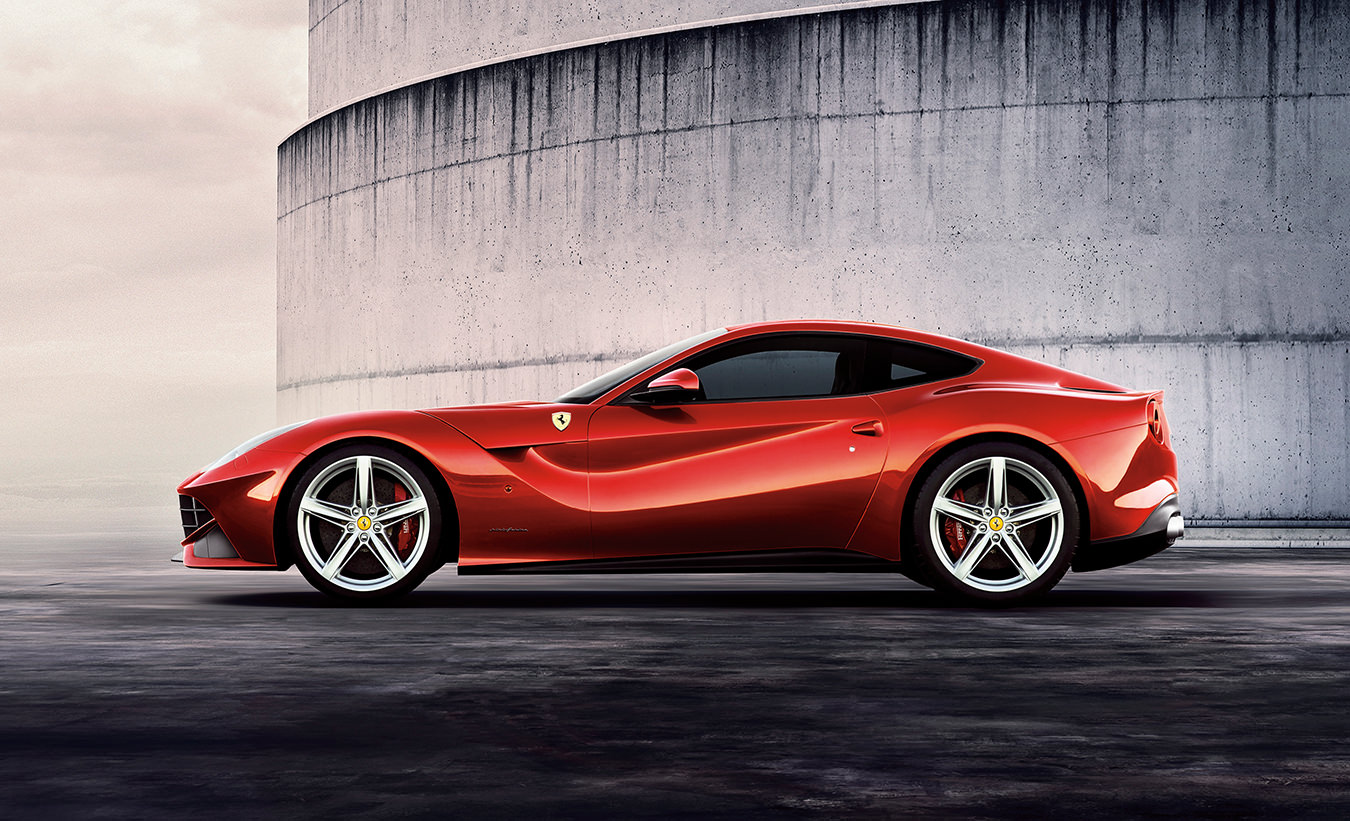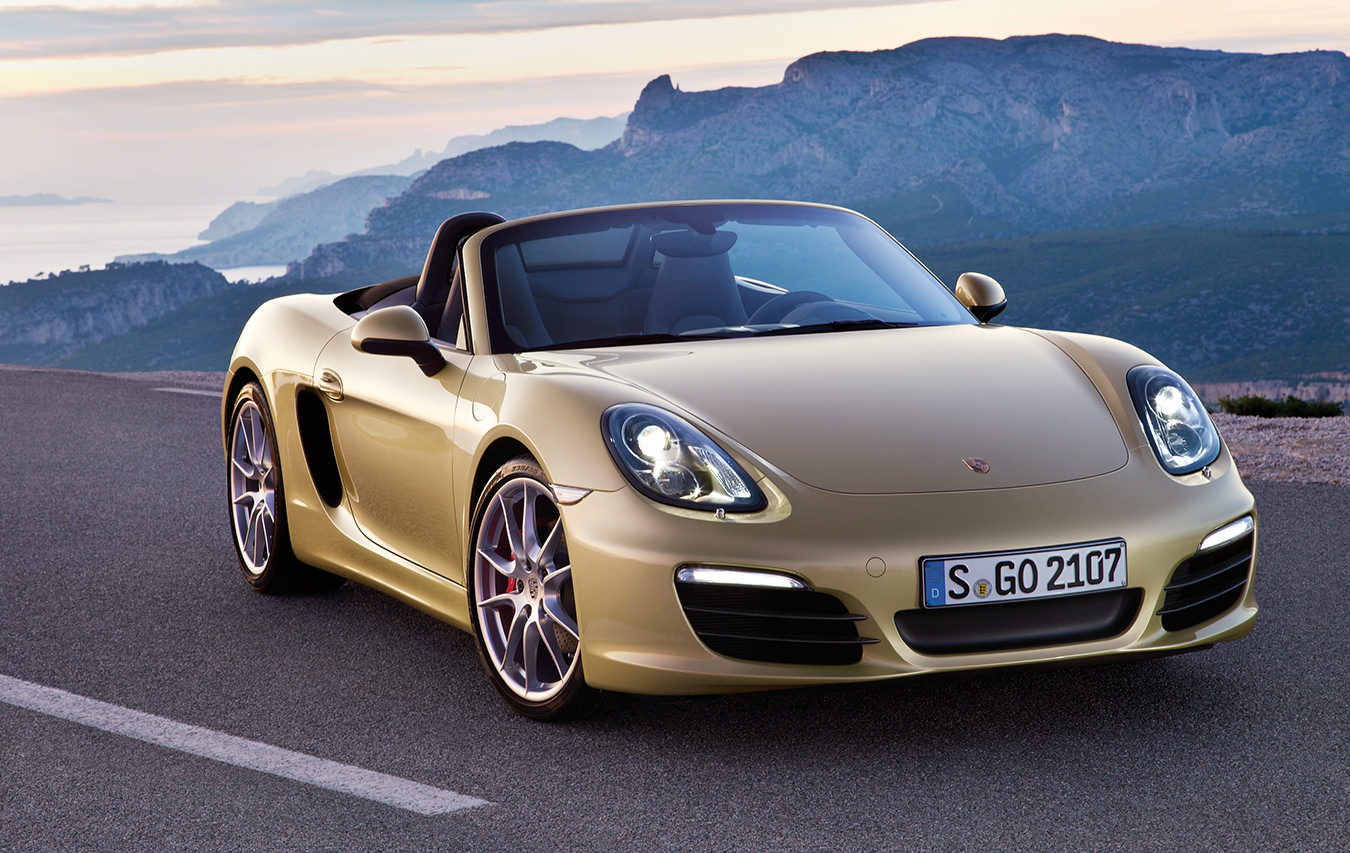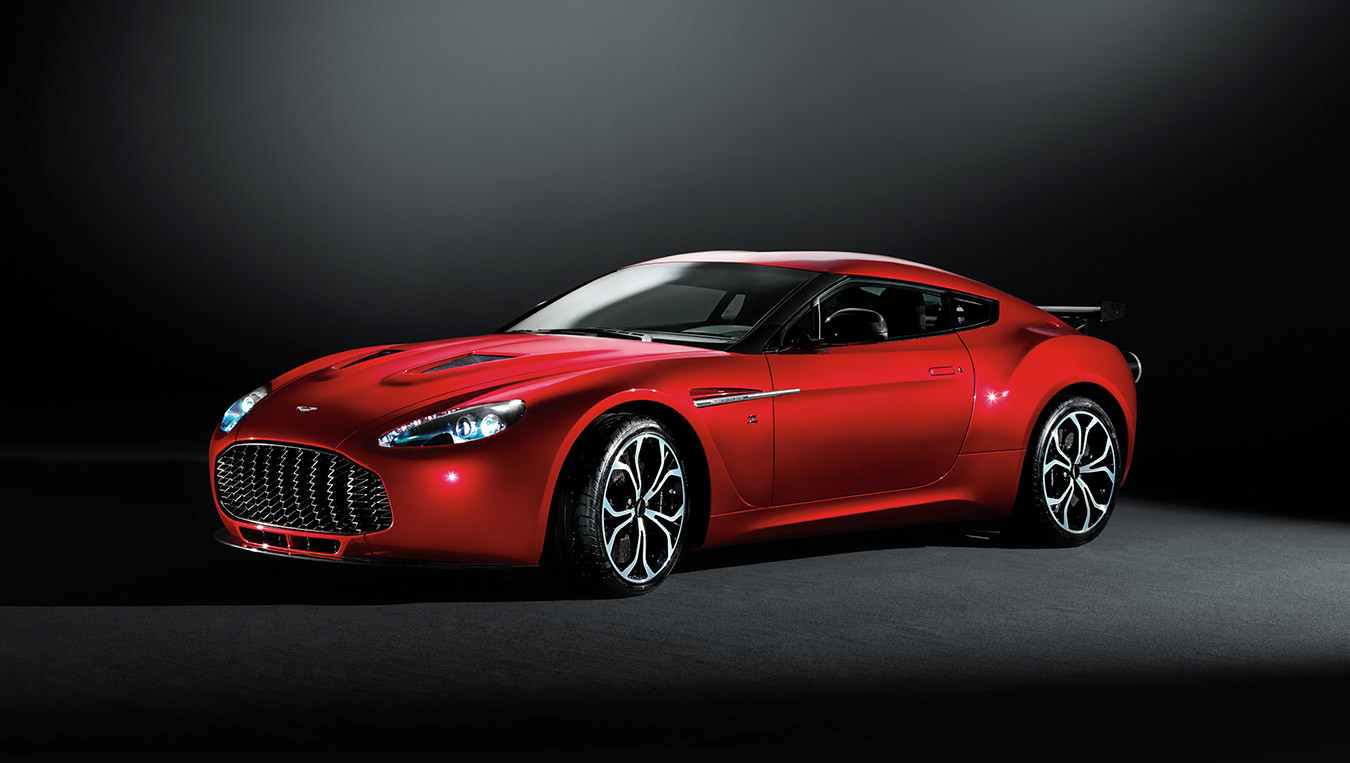The 2018 Maserati Ghibli
An Italian runs free in the hills of the Riviera.
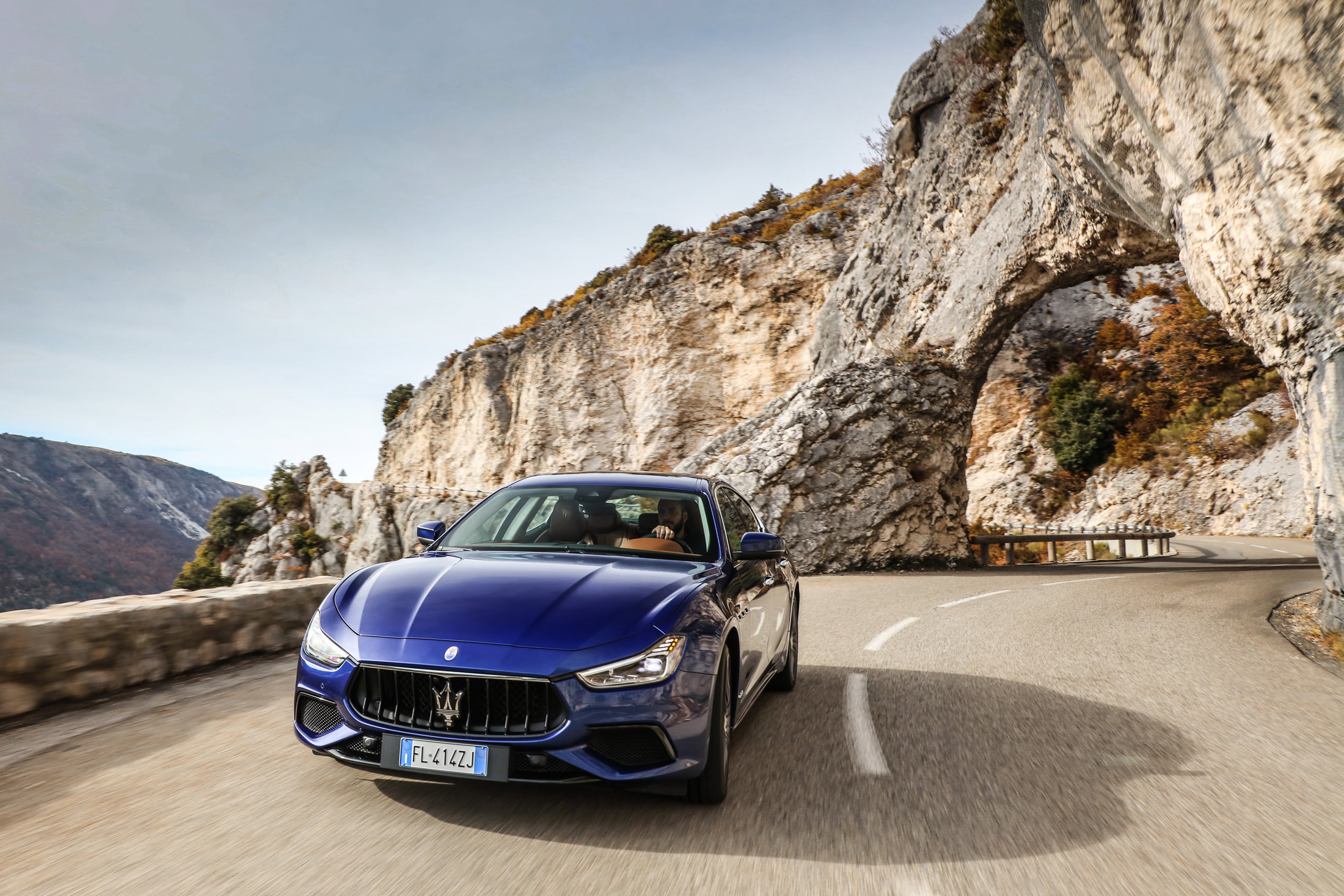
Pulling away from the famed Casino de Monte-Carlo, I feel the need to put all my cards on the table. As morning breaks on the Riviera, I’m behind the wheel of the 2018 Maserati Ghibli, and I’m not sure what to expect. Maserati is part of the Fiat Chrysler Automobiles group and the refresh of the Ghibli follows the successful launch of the brand’s first SUV, the Levante. This addition rounds out Maserati’s offerings to a total of four cars: the full-size Quattroporte, the mid-sized Ghibli, the GranTurismo sports coupe (and convertible), and the aforementioned Levante.
Within that group, the Ghibli is neither the most premium nor the sportiest, so as I slowly crawl through Monaco’s many tunnels and traffic circles, I try to size up this good-looking Italian, hoping to set my expectations at a reasonable level. In the interest of specificity, I’m driving a Blu Emozione Ghibli S Q4 GranSport, a very blue example of the most powerful specifications and the GranSport trim level.
The Ghibli’s Italian-made twin-turbo 3-litre V6 engine generates 430 horsepower and 428 lb-ft of torque. Funnelled through a ZF 8-speed transmission, the Ghibli S Q4 can go from 0 to 100 km/h in 4.8 seconds. The S Q4 version benefits from an all-wheel drive system and a proper mechanical limited slip differential that helps make the most of the grip provided by the fitted Pirelli P Zero tires. New for 2018 is a host of driver assistance and safety technology, a new electronic steering system, and some slight cosmetic changes to the front and rear fascia. The result gives the Ghibli a tighter, more athletic look that is befitting of an Italian sports sedan. Also new are a pair of optional trim levels, the sport-focused GranSport and the more luxurious GranLusso.
The Ghibli’s Italian-made twin-turbo 3-litre V6 engine generates 430 horsepower and 428 lb-ft of torque.
Once free of Monaco’s near-endless supply of both roadwork and mirror-nudging scooter pilots, the Ghibli was able to stretch its legs on the motorway. As you would expect of a luxury sedan, the cabin is quiet and the materials look and feel appropriately sporty for the GranSport trim level, with soft black leather and a mix of silver and carbon fibre trim pieces. Less button packed than much of its competition, the Ghibli’s Italian charm sets it apart from its usual German rivals. The infotainment system is a Maserati spin on FCA’s usual Uconnect system, and places many of the vehicle’s settings and features within the large touchscreen interface.
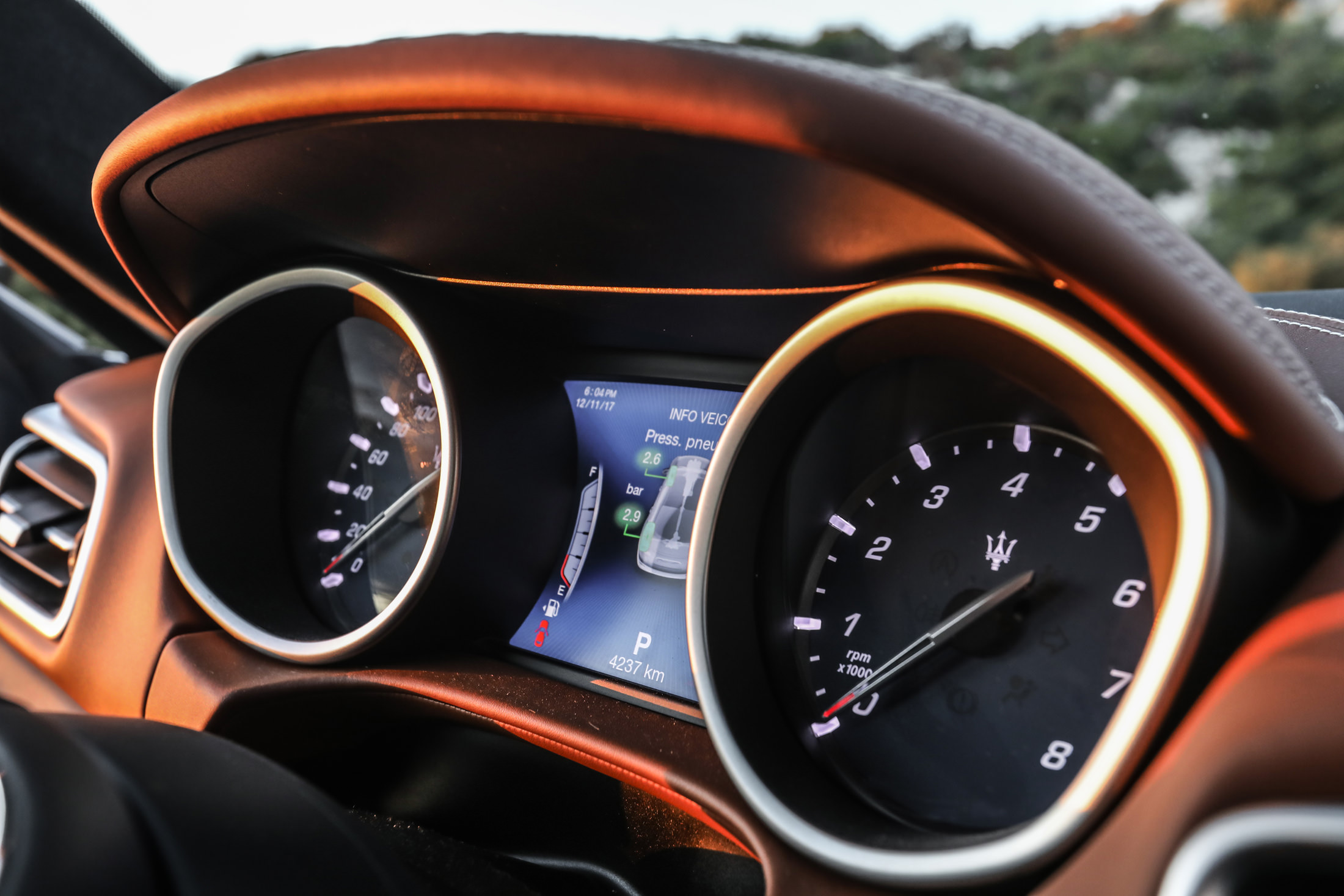
The driver’s side of the cabin features a classic combination of a pair of analogue gauges flanking a large central screen that displays a variety of customizable data for the driver. The steering wheel is small and sporty, with carbon fibre accents that match the transmission shift paddles and dashboard trim. The controls and ergonomics are good, but perhaps more importantly they aren’t fussy or over complicated, offering physical buttons for the climate control and for changing the Ghibli’s driving characteristics.
Heading inland and sitting in traffic, I’m allowed ample time to enjoy the Ghibli’s clear and powerful Bowers & Wilkins stereo and the 2018 addition of Maserati’s Highway Assist (HA), which will maintain both speed and lane position without driver input. Added along with lane keep assist, blind spot monitoring, and active road sign monitoring (which uses cameras to track speed limits and other signage), HA is a low-level implementation of automated driving and requires that the driver keep at least one hand on the wheel at all times.
As with all such systems I’ve trialled, the functionality is undoubtedly useful, but the application can be a bit nerve-wracking. I can’t help but hover my right foot over the brake pedal, waiting for the system to allow the Ghibli to stray too close to another car or drift out of its lane. After a tense moment or two, it’s clear that HA functions like a sort of fully automated cruise control, and it does a good job of both cruising and crawling along in stop-and-go traffic.
Less button packed than much of its competition, the Ghibli’s Italian charm sets it apart from its usual German rivals.
Thankfully, true to Maserati’s engaging and elegant ethos, the tech feels entirely secondary to the driver experience. While it’s competitively crucial for the Ghibli to have a suite of driving and safety technology, it’s not presented in a manner that compromises the sporty intent of the Ghibli. As I finally leave the motorway for the winding strips of road through the hills west of the Riviera, the Maserati comes into its own.
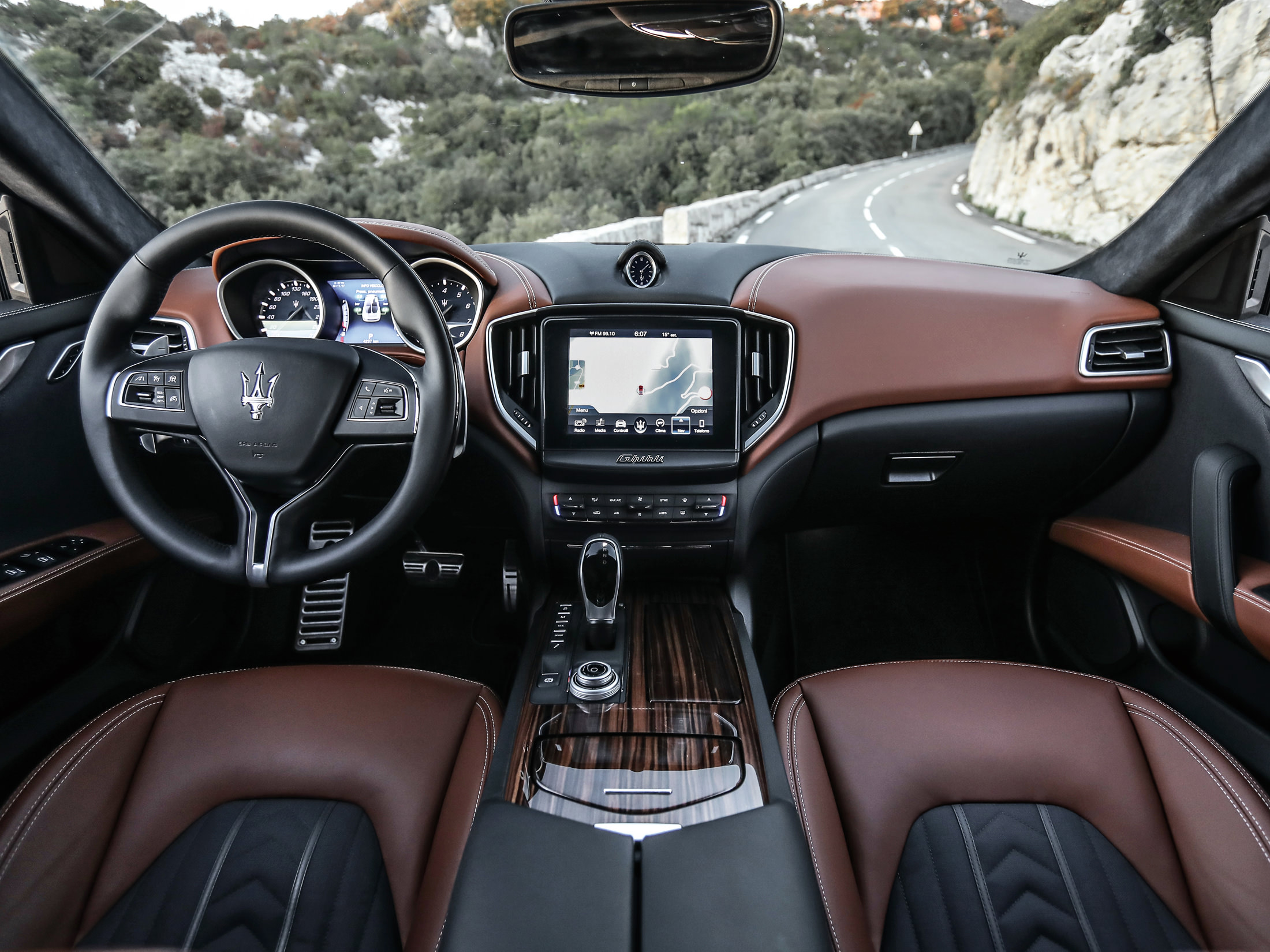
With a push of two buttons, the suspension and drivetrain are set to their most high-performance configuration. The Ghibli’s exhaust system clears its throat and shouts a chorus that reverberates off the rocky cliffs that comprise the landscape surrounding the village of Gourdon, France. The transmission is excellent, and the twin-turbo V6 operates with minimal lag and an impressive shove of mid-range torque that fires this operatic Italian from one corner to the next. The Ghibli’s brash sound is wonderful, especially in a V6, and the sedate sedan I had left Monaco in was more than happy to make some noise and have some fun on these French backroads.
The all-wheel-drive system performed beautifully and the Ghibli’s weight distribution—51/49 in the Ghibli S Q4, 50/50 in the base model—inspires confidence, especially at speed. The newly added electronic steering system was, as you’d expect, quite numb, but the steering weight is nicely balanced and the steering response is very fast, making the car feel quite agile.
Any good performance vehicle inspires confidence through the progressive application of grip, balance, and handling, and despite its entirely new-school electronic steering, the Ghibli manages this confidence in spades. In a metallic blue with a sporty exhaust note, the Ghibli makes a strong case for the Maserati ethos. It’s relaxed and stylish, with nothing to prove. When you want to have some fun, it reveals itself to be more than just a car with a powerful engine.
With the Maserati Ghibli priced from $85,050, the S Q4 GranSport comes in at $100,300. For the same amount, you can have the Ghibli S Q4 GranLusso, which offers a luxurious interior that I think is more in line with the Ghibli’s mix of performance and style. In either trim, the 2018 Ghibli is a subtle evolution of the form that doesn’t compromise on the sporty appeal you should always find in a Maserati.
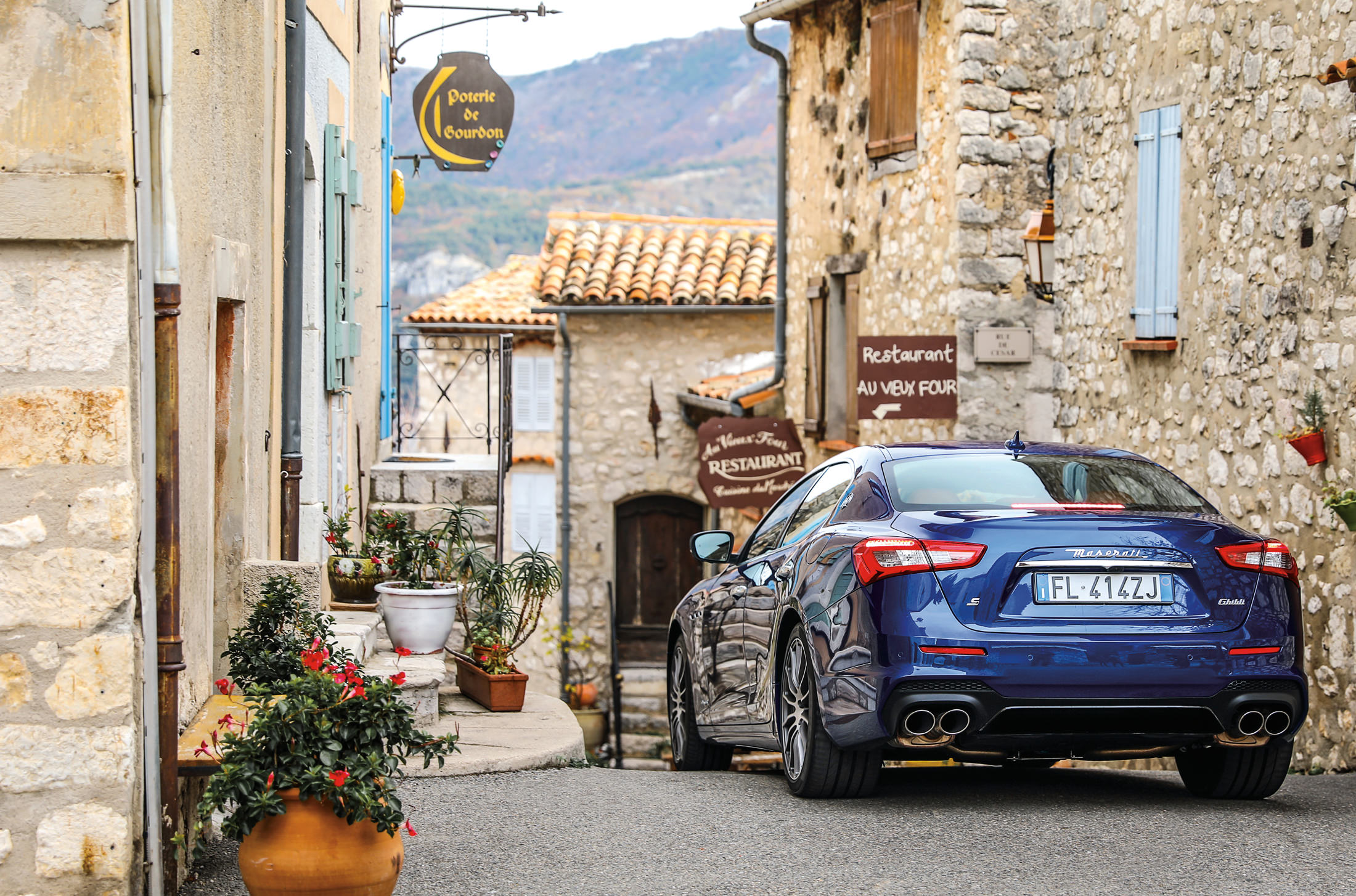
_________
Never miss a story. Sign up for NUVO’s weekly newsletter.

